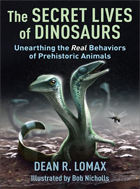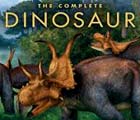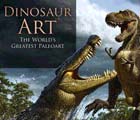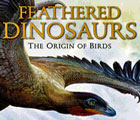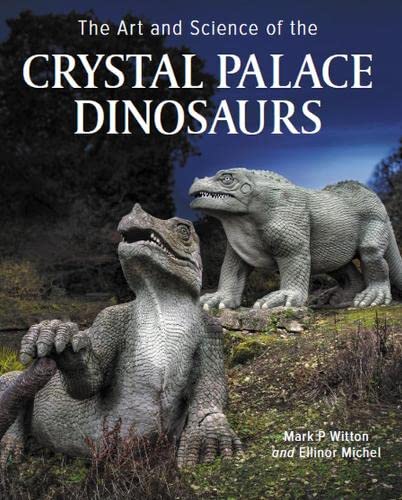
Saurischia
Theropoda
Neotheropoda
Averostra
Tetanurae
Avetheropoda
Coelurosauria
Maniraptoriformes
Ornithomimosauria
Pronunciation: or-NITH-o-MIEM-o-SOR-ee-uh
Author: Barsbold
Year: 1976
Etymology: Bird-mimic lizards (see etymology)
Locomotion: Bipedal (two legs)
Synonyms: Arctometatarsalia? (Holtz, 1994)
Author: Barsbold
Year: 1976
Etymology: Bird-mimic lizards (see etymology)
Locomotion: Bipedal (two legs)
Synonyms: Arctometatarsalia? (Holtz, 1994)
[Sereno, 2005]Definition
The most inclusive clade containing Ornithomimus edmontonicus but not Tyrannosaurus rex, Shuvuuia deserti, Therizinosaurus cheloniformis, Oviraptor philoceratops, Troodon formosus and Passer domesticus.
About
Members of Ornithomimosauria — literally "bird mimic lizards — were lightly-built, long-necked, small-headed, large-eyed, herbivorous or possibly omnivorous coelurosaurian theropods. Superficially, they resembled modern ostriches, and many palaeontologists affectionately refer to them as "ostrich dinosaurs".Their diet is not known for certain, but ripping at meat like other theropods may have been problematic. Most lacked teeth, the beaks of those that had them were blunt and rounded, and the presence of long sloth-like arms with huge, branch-snagging curved claws and plant-grinding gastroliths all point to herbivory. Though they may have eaten small prey items which they could swallow whole, the sheer abundance of their remains in North America is consistant with the idea that they were plant eaters, as herbivores usually outnumber carnivores in an ecosystem, and we know they could run like buggery because of their "pinched" metatarsals and long, powerful hind legs. The advanced ornithomimosaurs, known as ornithomimids, may have been the fastest land-dwelling dinosaurs of all.
The first ornithomimosaurs appeared during the early cretaceous (130 mya ish) and the last of their kind were still tearing around North America and East Asia right up to the very end of the Latest Cretaceous. But they failed to outrun a six-mile-wide asteroid, and when the dust settled they were just as extinct as every other non-avian dinosaur.
Click here to search Dinochecker for ornithomimosaurs.
Etymology
Ornithomimosauria is derived from the Greek "Ornith" (bird), "mimos" (mimic) and "sauros" (lizard), and "-ia" (a noun-forming suffix), named for a group of dinosaurs closely related to Ornithomimos the "bird mimic" with features seen in modern, land-dwelling birds like emu and ostrich.
Relationships
References
• Chiappe LM, Norrell MA and Clark JM (2002) "Ornithomimosauria" in "Mesozoic Birds: Above the Heads of Dinosaurs". University of California Press.
• Ji Q, Norell MA, Makovicky PJ, Gao K, Ji S-A and Yuan C (2003) "An early ostrich dinosaur and implications for ornithomimosaur phylogeny". American Museum novitates, No. 3420.
• Barrett PM (March 2005) "The diet of ostrich dinosaurs (Theropoda: Ornithomimosauria)". Palaeontology, 48(2): 347-358.





